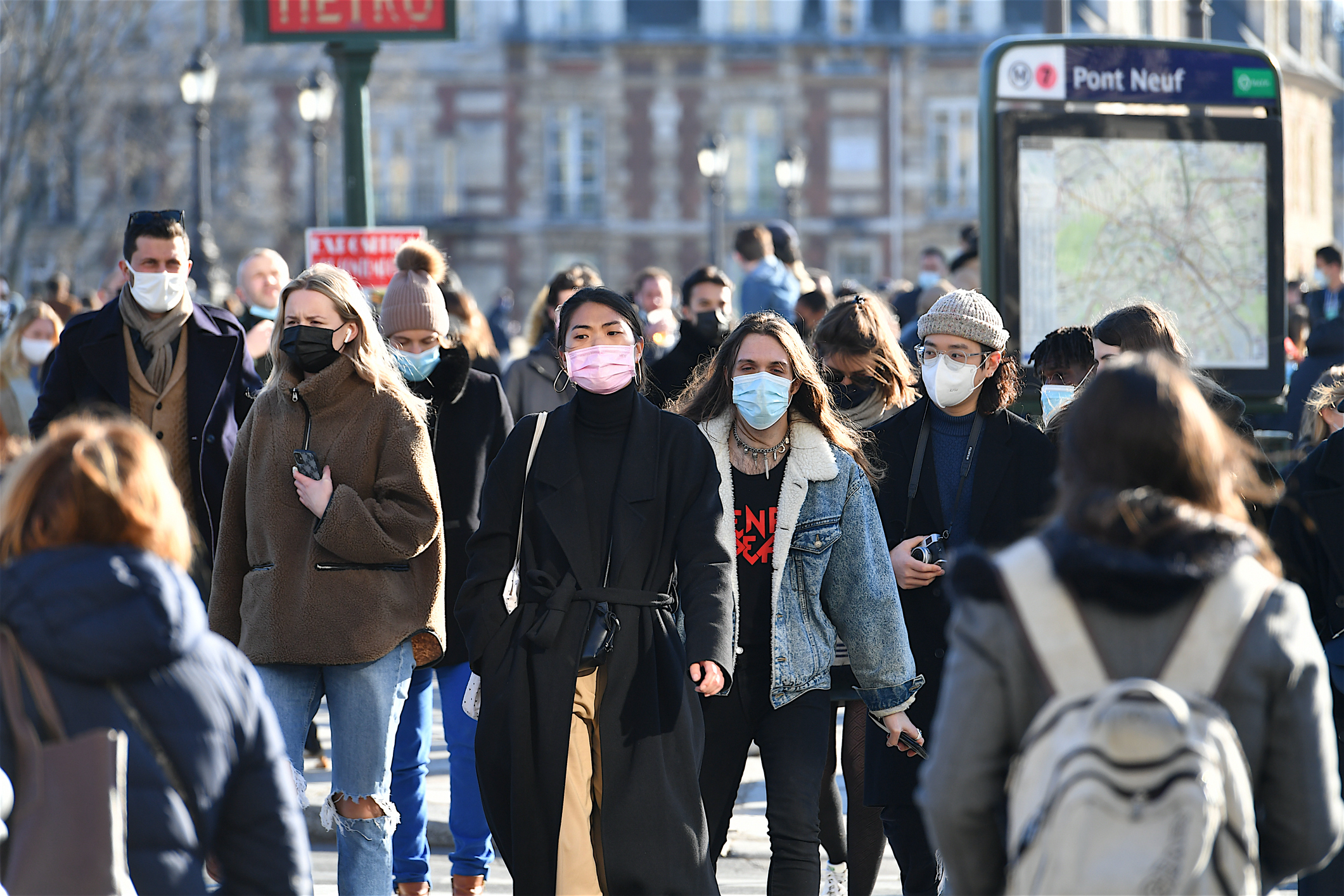Health and Science

COVID Communications: Culture, Compliance, and Brands
When the pandemic led to global lockdowns in early 2020, the U.S. government quickly reacted with health-related communications that were not accepted universally across the country. But this divide in compliance was not seen everywhere across the globe. Why?
Cultures set expectations for adopting new behavior around that culture’s point of view on obedience. This is known as Tight-Loose Theory, which posits that a culture’s likelihood to adopt new behavior aligns with its social norms: tight cultures have rigid social norms, while loose cultures are more flexible. Although there can be a spectrum of tightness and looseness present in one country, the U.S. is considered to have a loose culture that centers the rights of individuals over the collective group.
To get many consumers to comply with COVID health recommendations, messaging had to come from beyond the government—from companies and brands. Ads could have a stronger effect in eliciting action, so long as they were thoughtfully executed and coming from brands considered to be socially responsible. In addition to promoting collective health, this strategy helped brands stay top-of-mind for consumers during lockdowns and, because more people were home, gain more TV ad impressions.
Researchers wanted to explore what types of pandemic messaging were used, what happens when companies communicate about topics outside their normal messaging, what themes were prevalent in those ads, what characteristics described the ads in the early COVID months, and how health messaging was adapted across social norms in the U.S.
These questions were addressed through the lens of tightness-looseness and through six dimensions that include a culture’s distribution of power and inequity, tolerance for ambiguity, whether individuals are prioritized over the collective group, assertiveness vs. nurturance, being future-focused or present-focused, and the gratification of human basic desires.
The study showed both loose and tight COVID-messaging resonated in the country, which is contrary to what one might expect (a wholly loose culture may lean into individualism and dimensions like assertiveness, for example). In the U.S., loose COVID messaging focused on the individual, such as “self-care,” while tight COVID messaging was more centered around collective good, with themes like “doing your part for the community.” Of course, these ads also intended to show companies in good light: brands like GrubHub promoted delivery services while FedEx showcased safety measures.
Having a spectrum of resonance across the U.S. also reinforces the importance of using digital media to tailor messaging to audiences. Cultures can be categorized, but personal points-of-view prevail—at least in the U.S.
The original article, “Advertising in the Times of COVID: A Tight-Loose Analysis of Pandemic-Related TV Commercials,” was originally published in the Journal of Current Issues & Research in Advertising on Dec. 9, 2022.
Authors: University of Florida College of Journalism and Communications (UFCJC) Advertising Associate Professor Cynthia Morton, UFCJC alumnus Naa Amponsah Dodoo, Emerson College, Jorge Villegas, University of Illinois, UFCJC doctoral students Sophia Mueller and Hyesoo Chang.
This summary was written by Jessica Berube, CJC M.A.M.C. 2021.
Posted: April 17, 2023
Tagged as: Covid, Cynthia Morton, Hyesoo Chang, Sophia Mueller


